Description
Many of today’s students have been exposed to the terminology and computational methods of calculus in high school. Despite this familiarity, their acquired algebra and trigonometry skills sometimes limit their ability to master calculus at the college level. In this text, we seek to balance students’ prior experience in calculus with the algebraic skill development they may still need, without slowing their progress through calculus itself. We have taken care to provide enough review material (in the text and appendices), detailed solutions, and variety of examples and exercises, to support a complete understanding of calculus for students at varying levels.
We present the material in a way to encourage student thinking, going beyond memorizing formulas and routine procedures, and we show students how to generalize key concepts once they are introduced. References are made throughout which tie a new concept to a related one that was studied earlier, or to a generalization they will see later on.

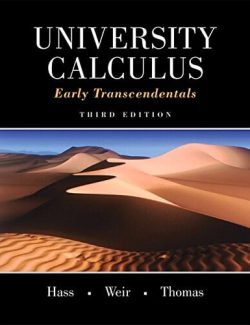

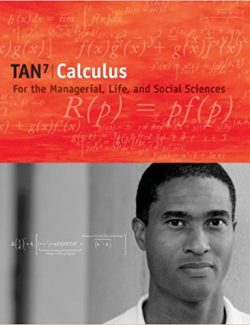




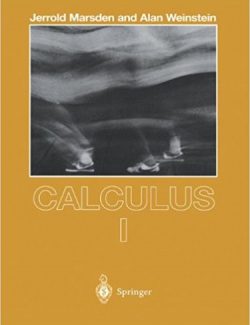

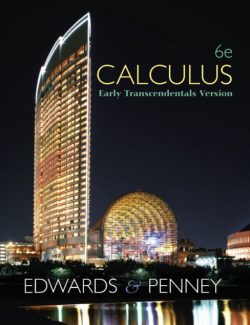

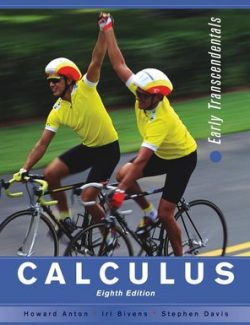
Leave us a comment
1 Comment